An Ubud Art Village Tour is a fantastic way to explore Bali’s rich cultural and artistic heritage. Ubud, often referred to as the cultural heart of Bali, is home to several traditional villages, each specializing in unique crafts, art forms, and traditions.
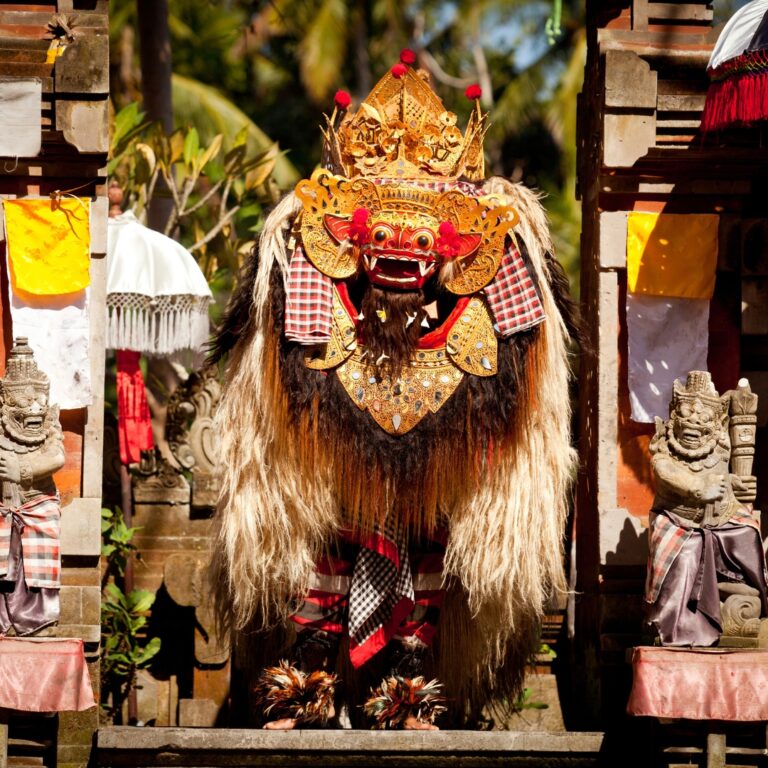
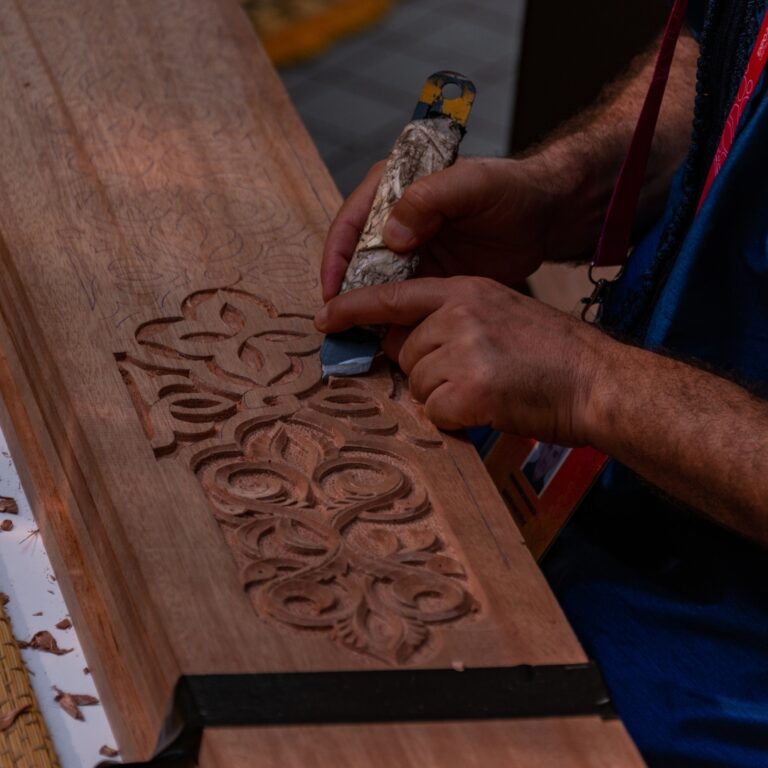
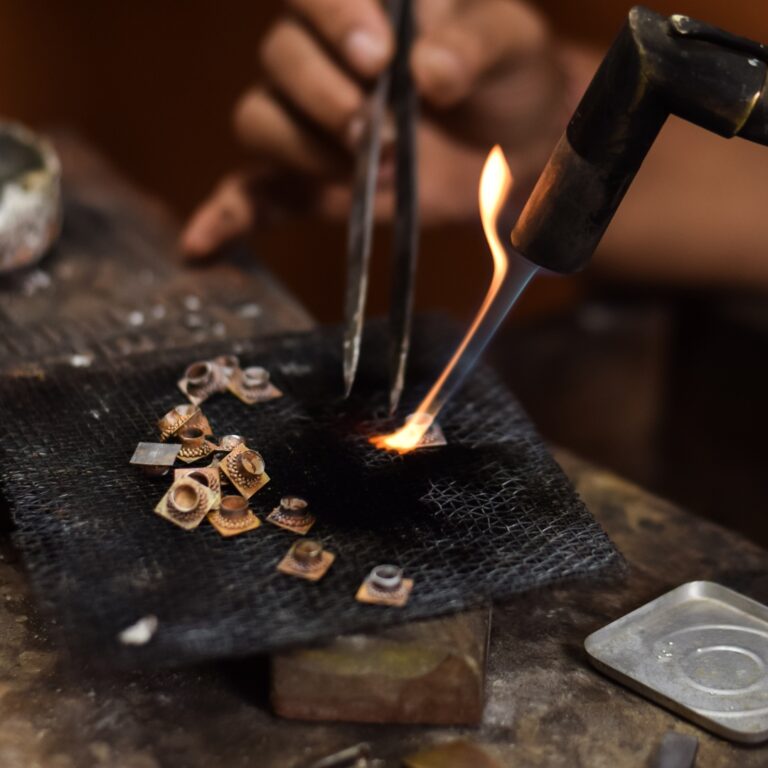
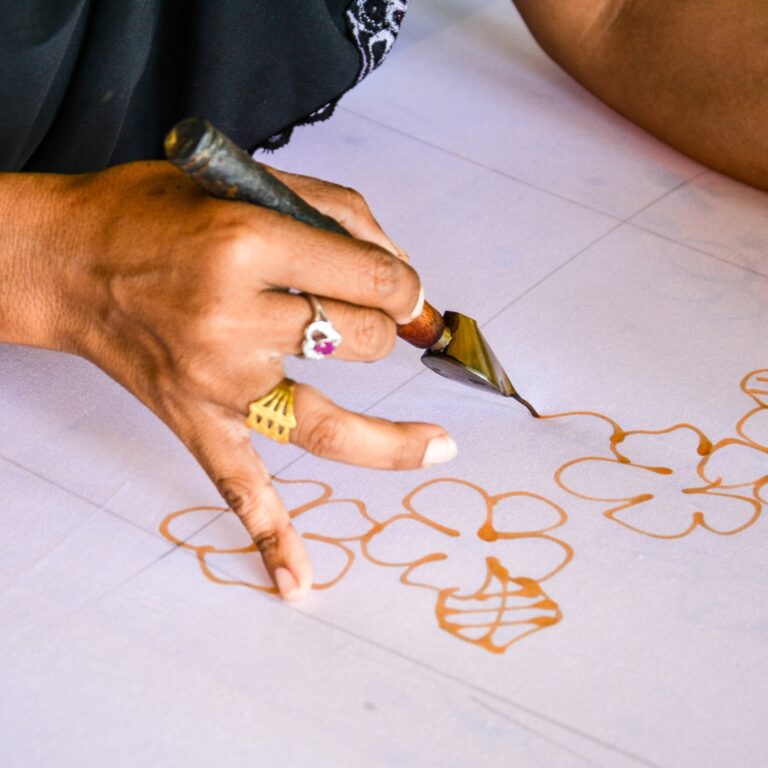
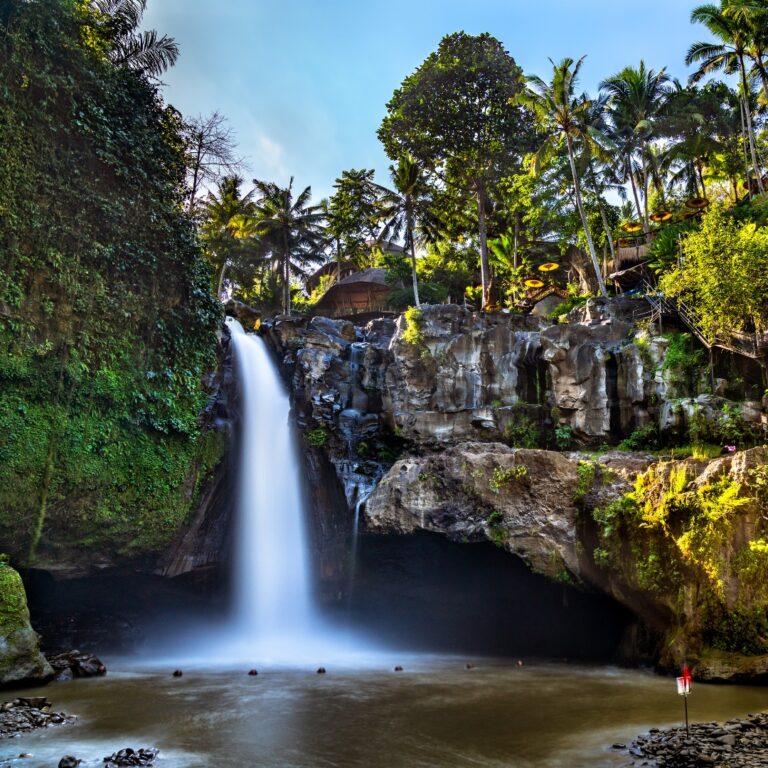
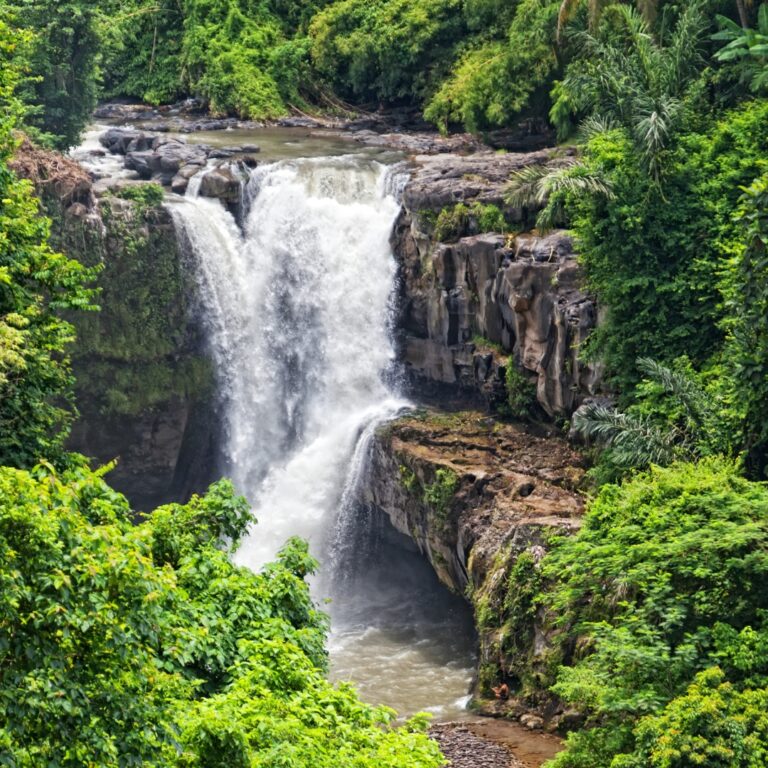
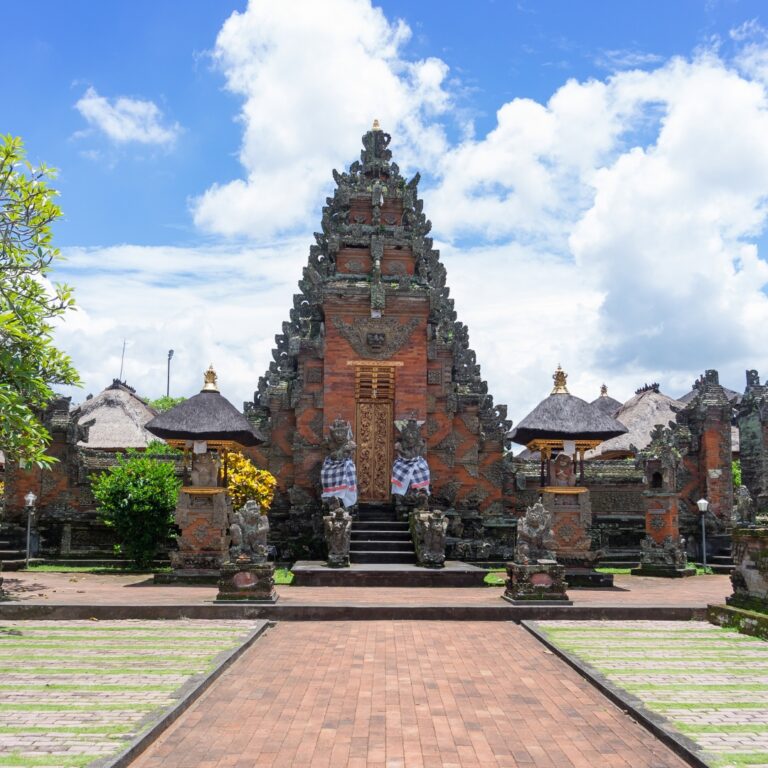
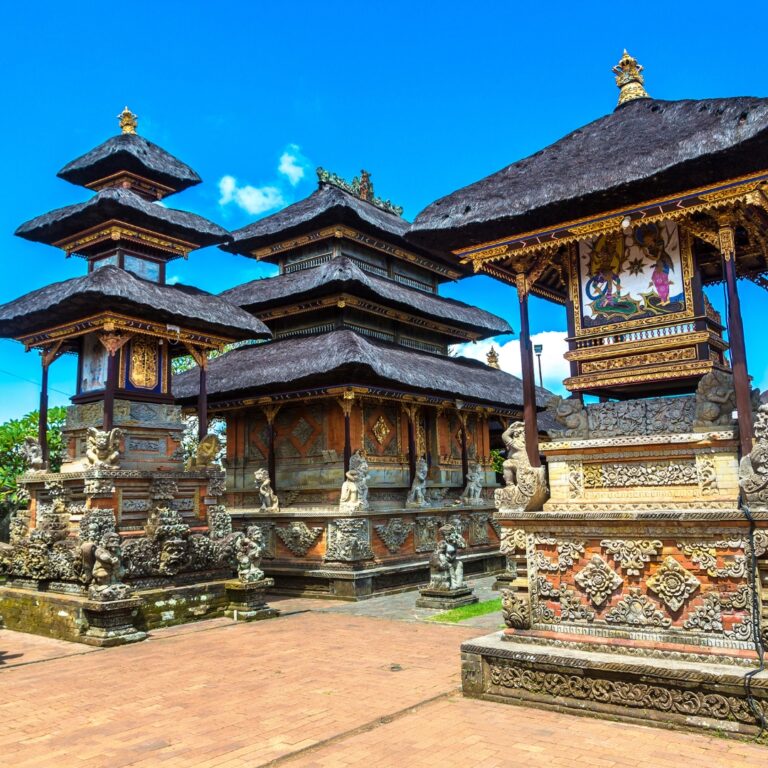
Begin our journey on the Ubud Art Village Tour by witnessing the captivating traditional Balinese Barong and Keris dance. Following this, we will continue our exploration of the renowned Art Village, where you can admire exquisite handcrafted jewelry, beautiful paintings, intricate wood carvings, and vibrant batik creations. Following that, we continued our tour with a visit to Batuan Temple a beautiful and historic Hindu temple located in Batuan Village, about 10 kilometers south of Ubud, Bali. It is renowned for its intricate carvings, classical Balinese architecture, and spiritual ambiance. The temple is a prominent cultural and religious landmark, attracting visitors who seek to experience Bali’s rich heritage. The last destination of the tour will be the famous and stunning Tegenungan Waterfall. The waterfall cascades from a height of about 15 meters (50 feet) into a shallow pool at the base, making it a popular spot for swimming and relaxation. The natural pool at the base of the waterfall is ideal for swimming or cooling off, especially on hot days. Nearby rocks and platforms serve as great spots to sit and soak in the ambiance.
PRICE
1 Person :
USD $70 / Person
2 Person or More :
USD $40 / Person
- Barong and Keris Dance is much more than a theatrical performance it is a reflection of Balinese Hindu beliefs.
- Art Village Tour explores the rich artistic heritage of Bali, showcasing its traditional crafts, art forms, and cultural practices.
- Batuan Temple showcases classic Balinese architectural elements, with a series of intricately carved gates, shrines, and pavilions
- Tegenungan Waterfall cascades down into a rocky pool surrounded by lush greenery, creating a picturesque setting.
- 8:30 AM Pick Up from Your Hotel in the Ubud Area (8:00 am outside the Ubud Area)
- 9:00 AM Watching Barong and Keris Dance
- 10:30 AM Explore Art Village
- 12:00 PM Visiting Batuan Temple
- 1:00 Lunch Break!
- 2:00 PM Explore Tegenungan Waterfall
- 3:00 PM Depart Back to your Hotel
- Private Tour
- 8 Hours Tour Duration
- 21% government tax and service charge
- Private full air-conditioning car
- Speaking English driver
- Parking fee, Petrol & Toll
- Mineral water
- Sarong (use for the temple)
- Personal Expenses
- Entrance Ticket
- Meal
- Sunscreen
- Comfortable Shoes/Sandals
- Modest Clothes
- Cash Money
- Reservations or bookings via WhatsApp or Booking Form
- Payment upon arrival at the location in Cash (Rupiah, Euro, USD) or Online Payment (Paypal)
- A cancellation fee 50% of the total payment will be charged if a confirmed booking is canceled within one day prior to client pick-up
- No-shows will be charged 100% of the total payment
- The images and videos showcased on our website come from one or more of our collaborating providers or partners. We maintain partnerships with various providers and partners.
- The scheduling of activities depends on the availability of our providers or partners on the designated day.
- Times and attractions can usually be customized to fit your request (just let us know)
- The times above are subject to change due to local conditions
- Hotel Pickup is included from the following areas: Seminyak, Kuta, Legian, Denpasar, up to central Canggu & up to central Ubud. If outside of these areas, we still offer pick-up for an additional charge.
- We can usually cater to vegan and vegetarian dietary preferences. Please let us know in advance so we can arrange suitable meal options for you.







